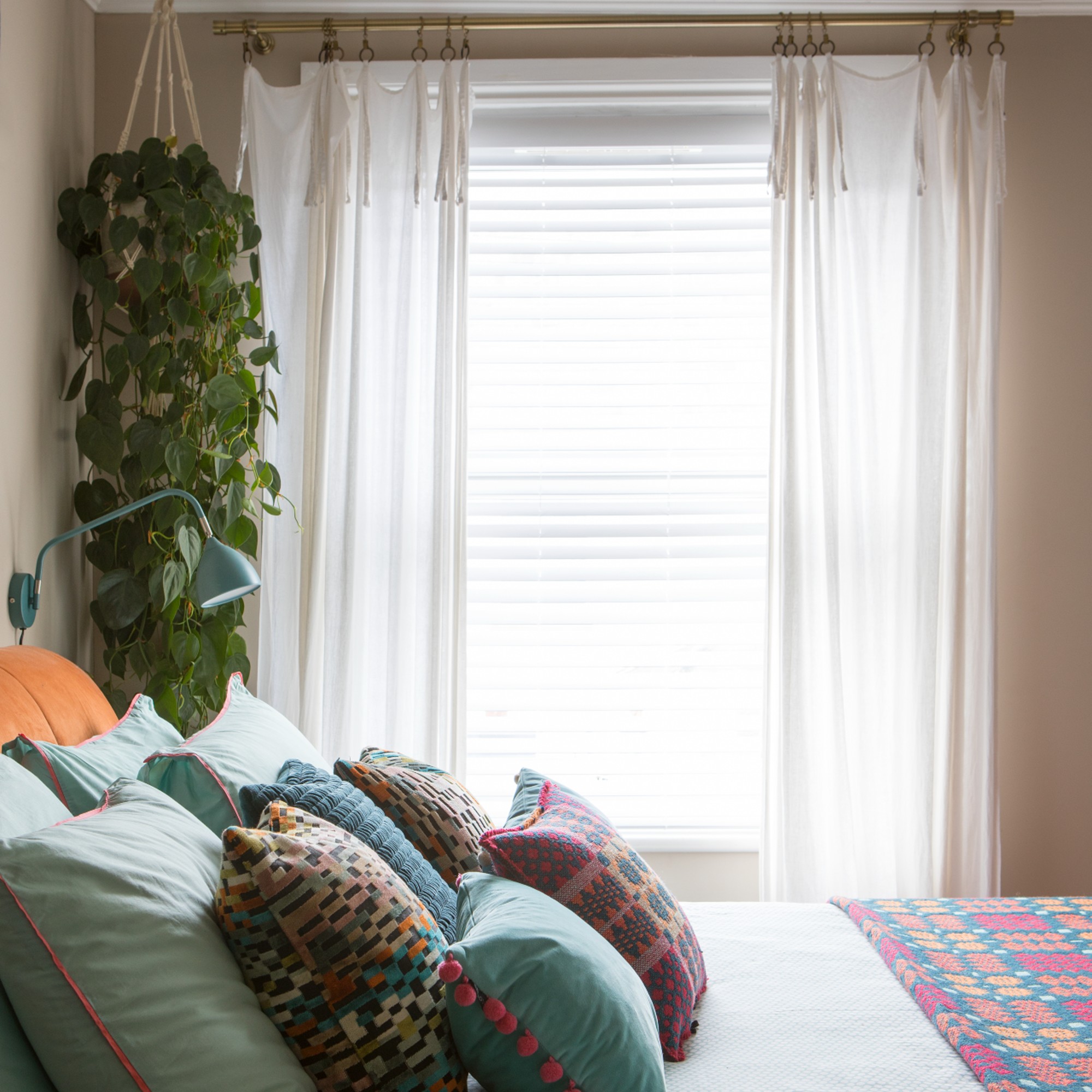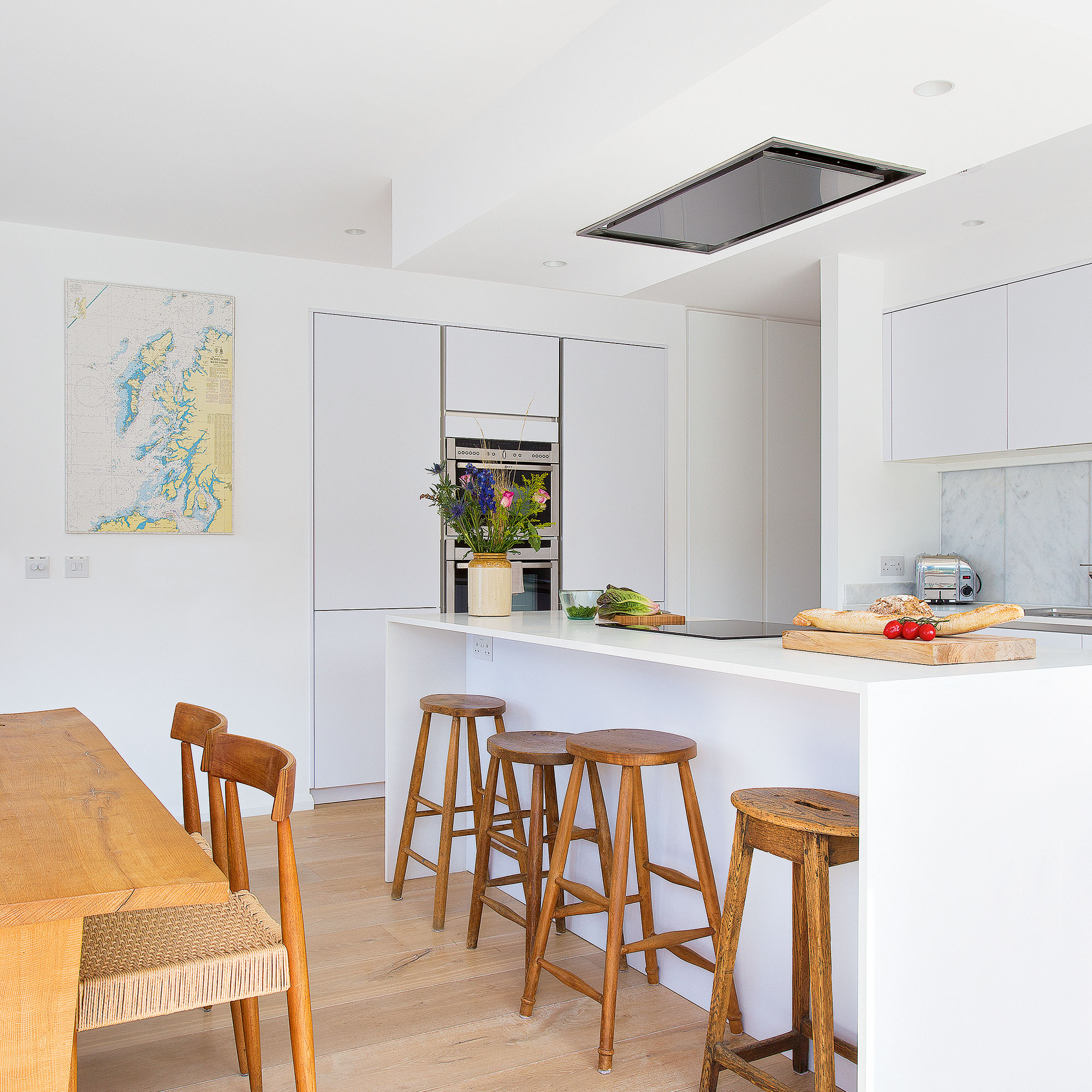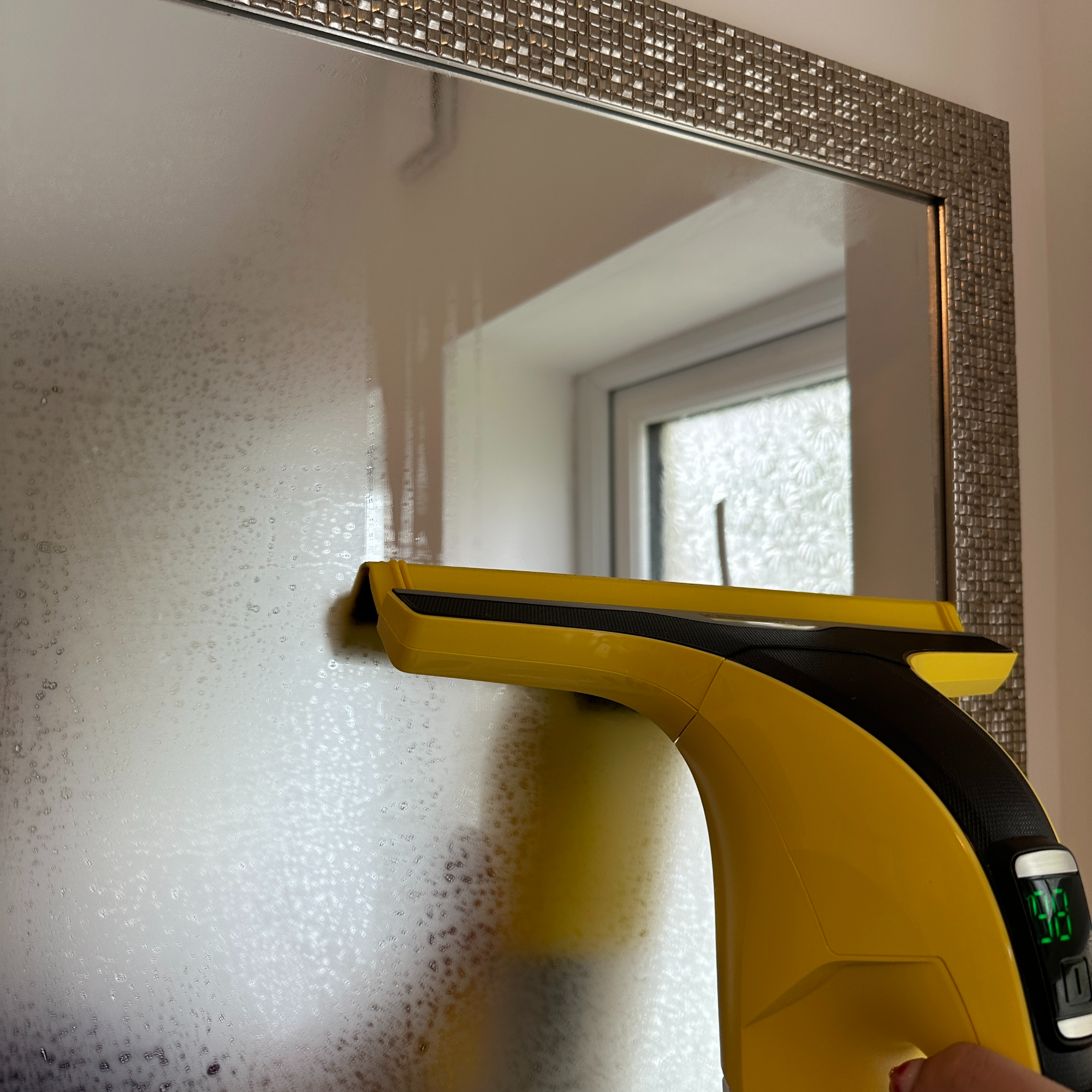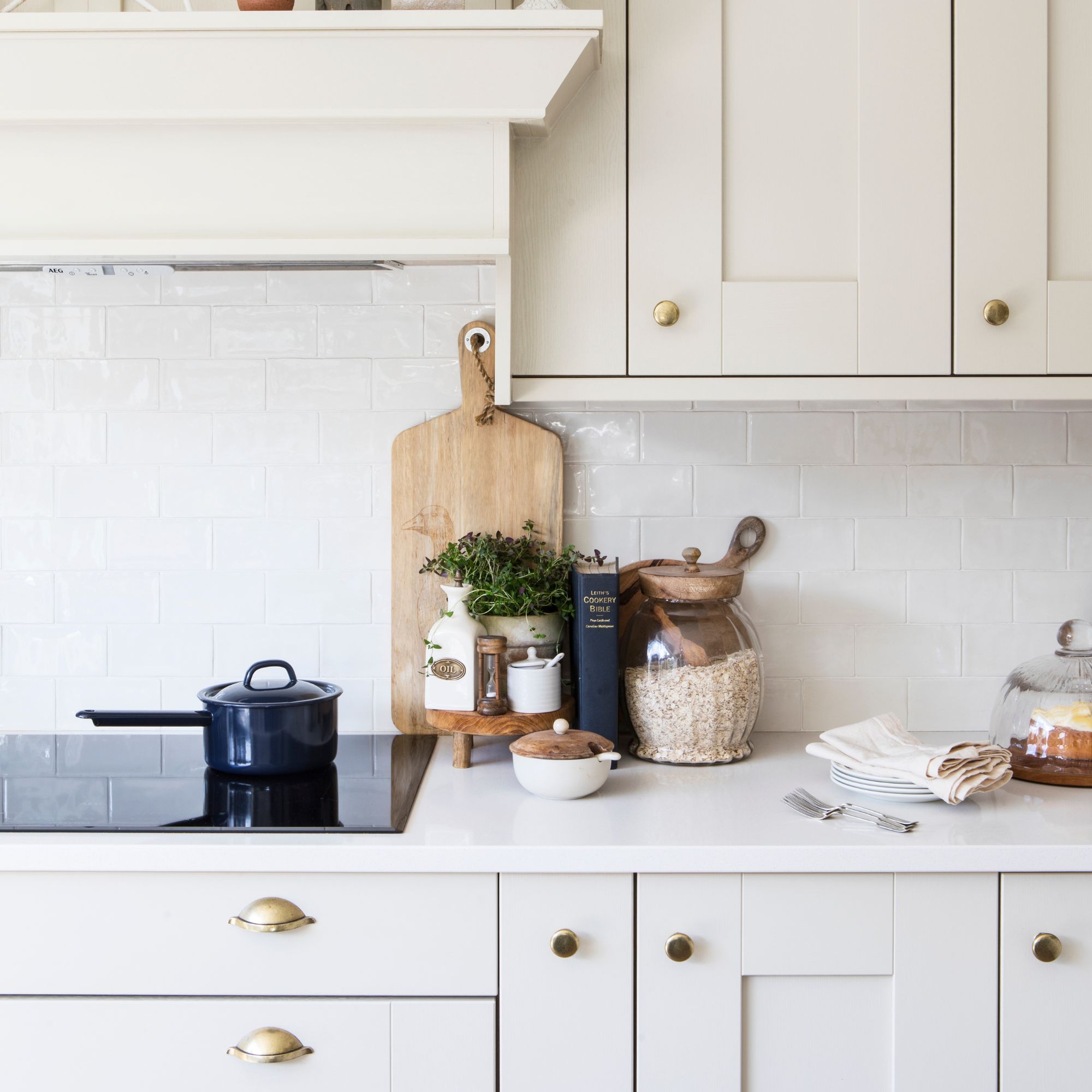
I have lived in my Victorian mid-terrace for 10 years. It has solid brick and sandstone walls, and single glazing throughout, with secondary glazing in some of the rooms. I love it, but during my first year or so, I really struggled with damp and even mould in various areas of my home. A particularly low point was when the wooden curtain rail in my bedroom and my favourite suede boots grew a fine layer of mould as a result of all the moisture.
After opening up several blocked vents and investing in better extractor fans, I realised that I would also need to tweak how I live in my cottage to help reduce humidity and thus solve the issues surrounding damp and condensation.
While it's quickly become common knowledge that investing in one of the best dehumidifiers is one of the most effective ways to manage indoor humidity levels, I've developed a foolproof morning routine over the decade I've lived in my home to help combat moisture without a dehumidifier – and it has yet to fail me.

Black Friday deals to help combat damp
Black Friday is in full swing, and there are great savings on the window vac I use every single day, as well as dehumidifier deals I've got my eyes on.
1. Open the windows
The first thing I do once I'm out of bed in the morning is throw open the windows in my bedroom. The fresh air wakes me up, but it also allows moisture (since breath is a big contributor to water vapour in the air) to escape. A lot of experts will urge you to open your windows everyday in winter for this very reason, but I ensure I do it irrespective of the season.
I usually aim to keep them open for around 20-30 minutes, however, just leaving your windows open for at least 10 minutes everyday will make a huge difference to prevent the onset of mould.

2. Turn on the extractor fan
Another thing I do is always shower with the extractor fan on in my bathroom. Since using a dehumidifier in the bathroom is a hot debate, you can't go wrong with relying on an extractor fan in this case. For a wet environment like this, when choosing between dehumidifier vs bathroom fan, the latter is often the winner.
I also make an effort to take shorter showers where I can. Not only do shorter showers mean less water vapour, but you'll also save money and energy as a result.
Using an extractor fan also extends to my kitchen when I'm cooking. I also ensure I keep the lids on my pots and pans as much as possible while they're on the hob to prevent excess moisture build-up. In the odd event that I'm cooking anything like a roast dinner which often takes a long time, I'll also open the kitchen doors and window. Heat does escape in this circumstance, but it's not an issue as it gets hot quick in my small kitchen.

3. Use a window vac to clear excess water
As soon as I'm done, I clear any excess water. First, with a window vac on the shower screen, mirror, windows, and even the tiles. My Karcher WV1 has been a saviour for helping me keep damp surfaces under control throughout the years, and I couldn't be without it. I've even bought a mini spare blade attachment for it so I can clean small panes of glass more easily.
Our Junior Writer, Jullia Joson has also since tested the newer Karcher WV6 Plus N (as pictured below), but I've had mine for a few years now and haven't felt the need to upgrade yet.
Again in the kitchen, I'll go in with my window vac on my stone splashback as that also tends to get very damp when I'm cooking for long periods of time.

4. Go over surfaces with a microfibre cloth
After using my window vac to get the brunt of the excess water – whether that's in my bathroom or kitchen – I'll then give any remaining surfaces a quick once over with a microfibre cloth; even the walls which have developed limescale marks in the past from excess damp instantly condensing!
As I mentioned in the previous point, if I've gone in with my window vac on my kitchen splashback, I'll also give this a wipe down with a microfibre cloth. I use these Mr Siga Microfibre clothes, which you can buy on Amazon.

With all that done, I'll throw open any other windows that aren't already open to let out the remainder of the damp bathroom and kitchen air – and I'm pretty much set for the day.
Although this might seem like a lot, it really doesn't take me more than a couple minutes and it saves lots of drying time if I otherwise left the damp surfaces as is. With each step, my goal is to aim to reduce as much condensed moisture as possible to help dry my rooms faster.
Needless to say, my Victorian cottage (and me, honestly) are eternally grateful for this little routine I've mastered over the years.







